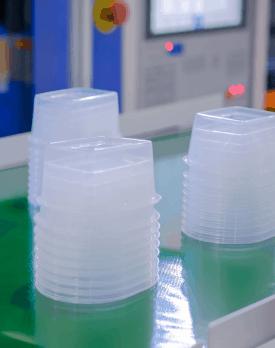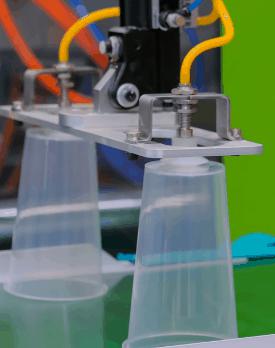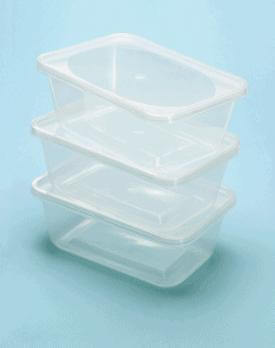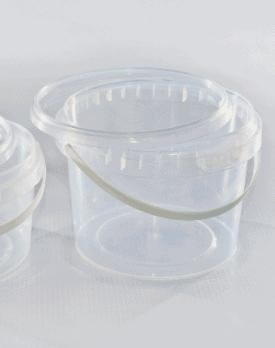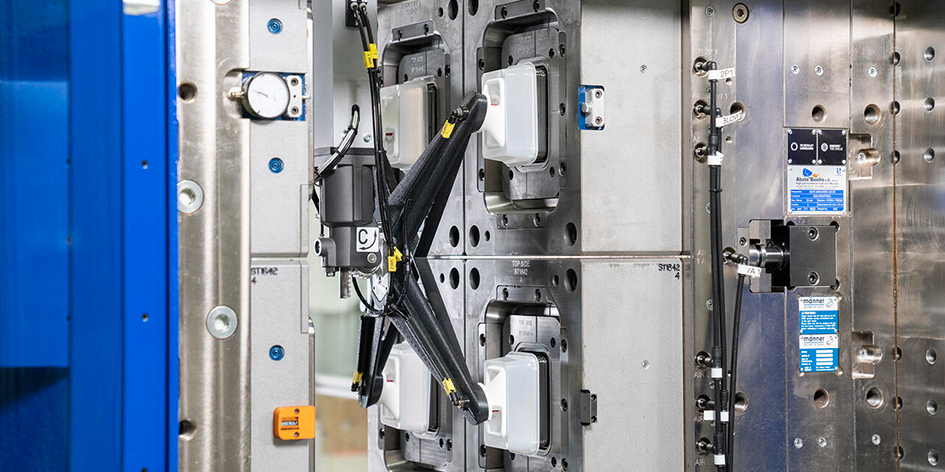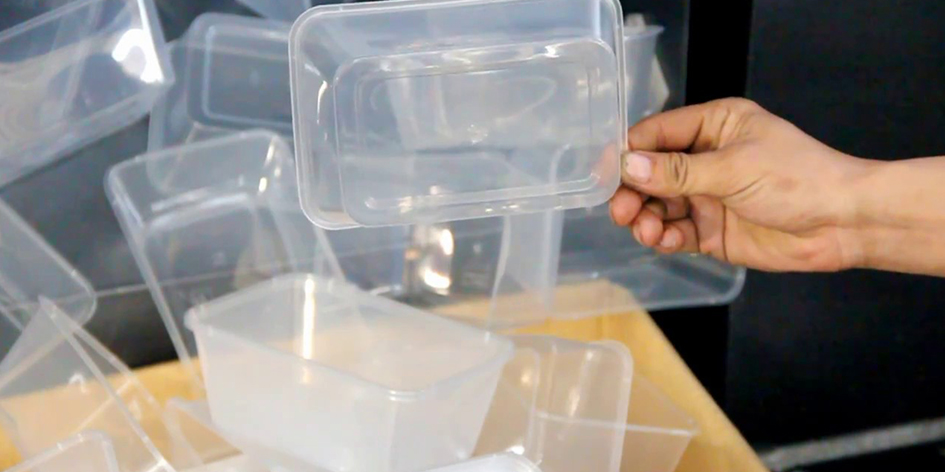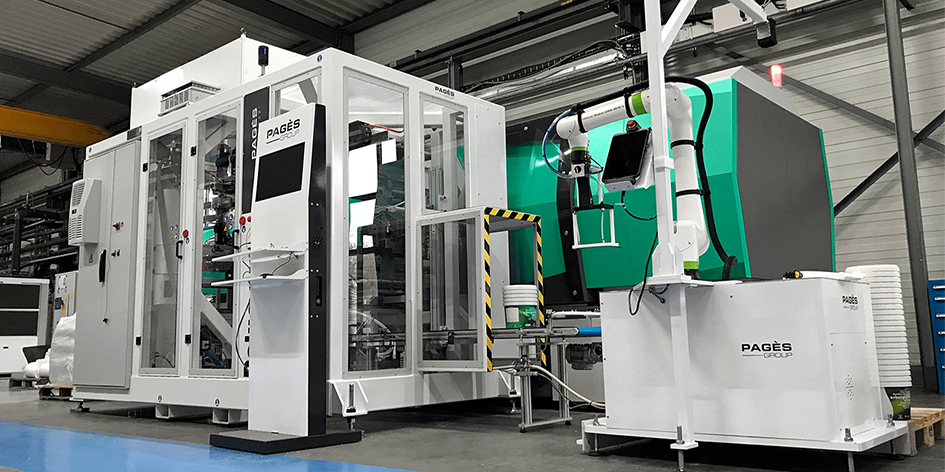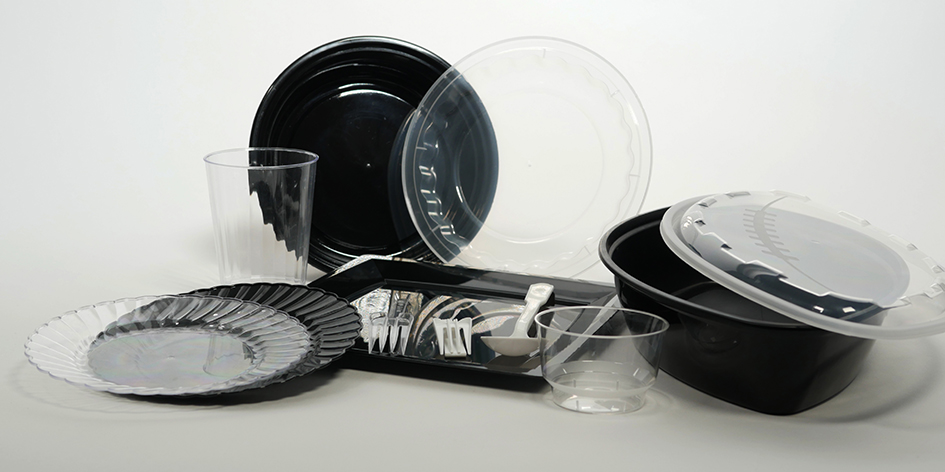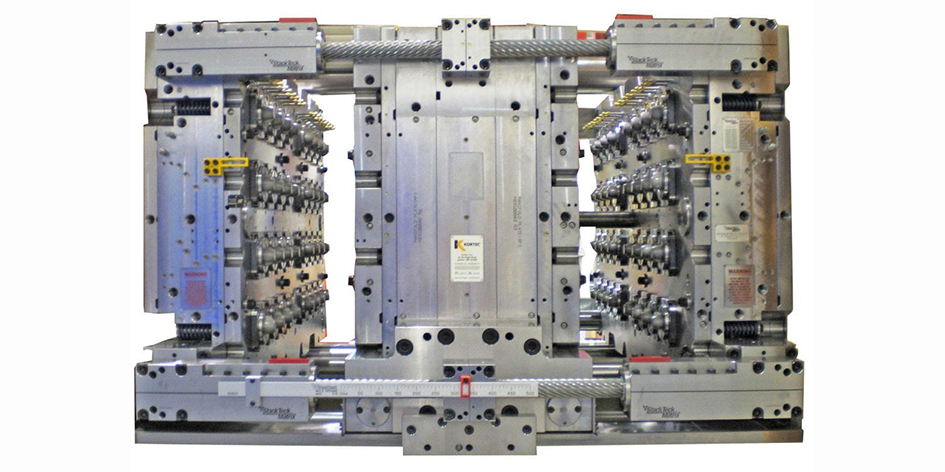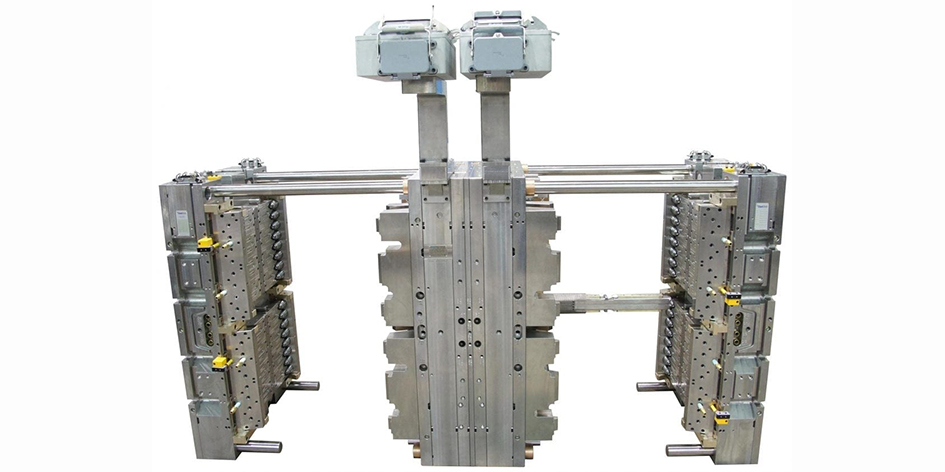Professional Thin-walled Injection Mold Service
Holly excels in thin-wall injection molding with high accuracy, and the target markets are medical, automotive, electronics, and consumer products. Advanced injection molding technologies and advanced techniques allow us to manufacture lightweight, high-strength, intricate parts with 0.5 mm wall thickness, and assured quality and precision.
With over 20 years of background, we capitalize on strong engineering abilities and best-in-class techniques to deliver top-performing molds with quick cycle times—up to 4 seconds. Excellent mold building and process improvement are assured by our experienced engineers with repeatable performance and cost benefits.
At Holly, we are committed to providing good thin-wall injection molding with quick turnaround and close quality control. Whatever your small-batch prototyping or high-volume production needs are, we are your business partner in the quest for accuracy and performance. Call us today and let us talk about your thin-wall molding needs!
Explore Our Thin-wall Injection Molding Molds
Holly specializes in Thin-Wall Injection Molding and offers efficient and precise solutions for light-weight plastic products. Our mold types are single-cavity molds for medical trays and prototypes, multi-cavity molds for food packaging and disposable cutlery, family molds for electronic casings and caps, hot-runner molds for thin-walled containers and cosmetic packaging, and stack molds for mass production of lids and cups. This procedure ensures high cycle times, material efficiency, and consistent quality, meeting demands of markets including medical, food, electronics, and daily needs.
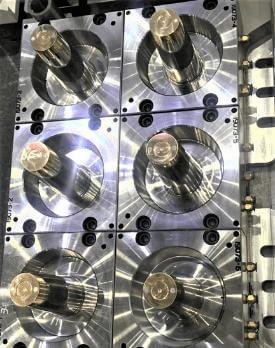
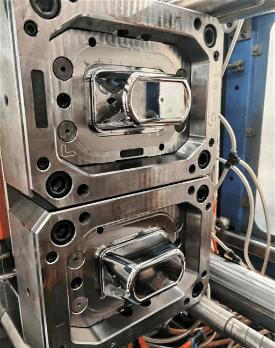
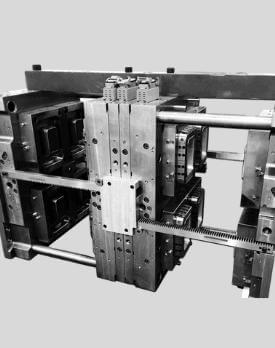
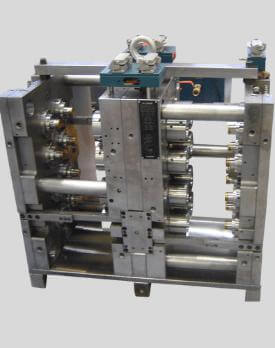
High Precision Injection Molding Materials Available
ABSABS (Acrylonitrile-Butadiene-Styrene) is a suitable material for Thin-wall Injection Moulding due to its toughness, dimensional stability, and flowability. Low melt temperature and good flow properties of ABS make it ideal for production of thin-walled but strong parts. ABS is employed in a large number of automotive parts, electronic enclosures, and appliance casings. For instance, auto dashboards and TV frames are widely manufactured with ABS owing to its strength and finish.
|
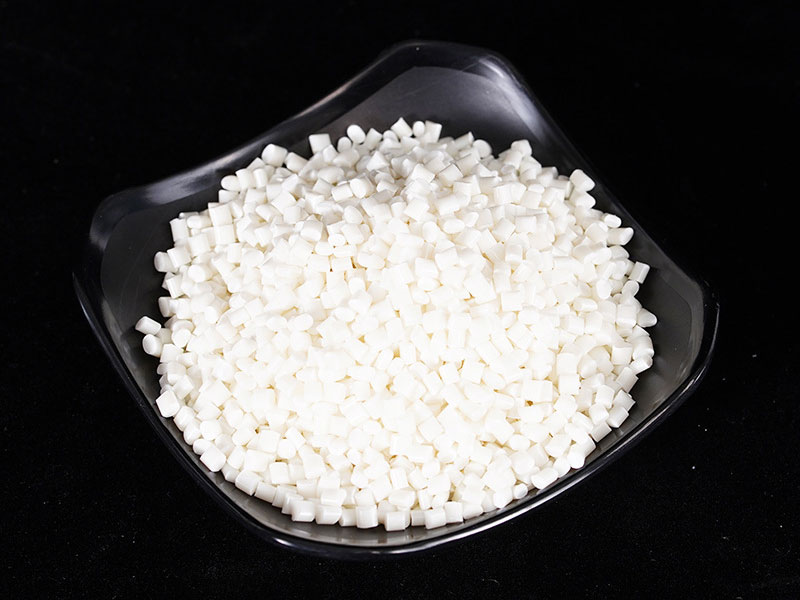 |
PPPP (Polypropylene) is an inexpensive and light material which suits Thin-wall Injection Molding perfectly because it is flexible, chemically resistant, and flowable. It is most suitably applied where thin and light designs are required. PP is used in thin-wall food storage boxes, consumer household products, and automobile components. Thin-wall food storage boxes and auto body panels, for example, are commonly produced using PP because they are flexible and strong.
|
 |
PETPET (Polyethylene Terephthalate) is an excellent Thin-wall Injection Molding material since it is extremely flowable, tough, and chemically resistant. It is used most of the time in packaging food and beverages and thin-wall packaging. Thin-wall water bottles and food trays, for instance, are mostly composed of PET due to its transparency and resistance.
|
 |
PCPC (Polycarbonate) is a high-performance plastic with good impact resistance, optical clarity, and heat resistance, which makes it most appropriately suited for Thin-wall Injection Molding. PC is the preferred material for thin-wall parts that need to be strong and transparent. PC is most commonly used for LED light lenses, medical devices, and electronics enclosures. Protective gear and lamps with thin walls are usually made of PC because they can be made strong and transparent.
|
 |
PAPA (Nylon/Polyamide) is a very durable material in Thin-wall Injection Molding because it shows higher wear resistance, mechanical, and heat stability properties. PA is used extensively in the automobile, industry, and consumer goods industry. Thin-wall auto gears and auto connectors of vehicles are typically manufactured with PA because of its accuracy and hardness.
|
 |
PBTPBT (Polybutylene Terephthalate) is a Flexible Thin-wall Injection Molding grade resin with enhanced flowability, heat resistance, and enhanced electrical properties. PBT is extensively used in auto and electronics applications. Thin-wall auto connectors and electronic enclosures, for example, are extensively made from PBT due to its enhanced performance and long-lasting lifespan.
|
 |
PMMAPMMA (Polymethyl Methacrylate/Acrylic) is optically transparent material that is most suitable for Thin-wall Injection Molding due to its high optical clarity, weatherability, and machinability. It is used in lighting applications, display boards, and optical equipment. Thin-wall LED signage and lenses, for instance, are best made using PMMA since it is as clear as glass and accurate.
|
 |
LCPLCP (Liquid Crystal Polymer) is an engineering material with high performance characterized by superior flowability, heat resistance, and dimensional stability that makes it very appropriately suitable for Thin-wall Injection Molding. LCP finds widespread application in microelectronic and precision components. Some of these include thin-wall microchip enclosures and connectors with high reliability most often produced with LCP to guarantee reliability and precision.
|
 |
PPOPPO (Polyphenylene Oxide) is an appropriate Thin-wall Injection Molding material because it is extremely heat-resistant, chemically stable, and dimensionally stable. PPO is applied extensively in the automotive and electronics industries, e.g., thin-wall pump housings and electronic housings benefit from the heat resistance and impact resistance of PPO.
|
 |
SANSAN (Styrene Acrylonitrile) is a clear and hard plastic that can perfectly fit Thin-wall Injection Molding since it is chemically resistant, transparent, and rigid. SAN finds huge application in cosmetic jars, food containers, and domestic products. Cosmetic jars and food containers, for instance, are most commonly manufactured using SAN since they are hard and transparent.
|
 |
High Precision Injection Molding Finishing Options
| Name | Description |
|---|---|
| Polishing | Polishing produces a glassy surface that gives a high luster and smoothness, removing friction. Most applicable for glossy or clear finishes. |
| Sanding | Sanding improves surface texture by the elimination of imperfections, giving a matte or smooth finish. |
| Plating | Plating deposits a layer of metal (nickel, chrome, etc.) on the surface for metallic look, wear resistance, or conductance. |
| Laser Marking | Laser marking engraves complex patterns, logos, or functional marks (e.g., serial numbers, QR codes) into the surface. |
| Ultrasonic Texturing | Ultrasonic texturing creates fine surface textures to improve grip or feel, ideal for precision applications. |
| Laser Etching | Laser etching creates deeper designs or localized patterns for branding or decoration. |
China Thin-wall Injection Molding Manufacturer FAQ
Thin-wall Injection Molding Service FAQ Guide
In the following guide, you will know everything about Thin-wall Injection Molding.
Thin-wall injection molding reduces the weight and size of plastic parts, facilitates overall design and assembly, and reduces costs, which has been appreciated by many customers. As a professional thin-wall injection molding manufacturer with 24 years of experience. Holly has paid 100% enthusiasm for you.
Here is a list of frequently asked questions about thin-wall injection molding. You can check any questions you want to know about thin-wall injection molding prototypes.
1. Why do customers prefer thin-wall injection molding?
Because the cost of plastic raw materials usually accounts for a large proportion of the product cost, such as 50-80%.
Thin-wall injection molding helps reduce cost ratio.
With the miniaturization and portability of consumer electronic products such as mobile phones, MP3 players, digital cameras, and pocket computers, the plastic designs of these products have become thinner and thinner.
2. What are the advantages of thin-wall injection molding?
The advantages of thin-wall injection molding are as follows:
Thin-walled products will reduce the quality and size of the product. It is easy to integrate design and assembly, shorten the production cycle, save materials, and reduce costs.
3. What is thin-wall injection molding?
- The flow length/thickness ratio is L/t, that is, the flow length L from the melt to the farthest point of the cavity that must be filled in the mold, and the corresponding average wall thickness t ratio is 100 or more, which is called thin-wall injection.
- The injection molding method requires plastic parts to be thinner than 1mm and to have more than 50cm2 of projected area. There is a wall thickness of less than 1mm or 1.5mm on the molded part.
4. Why is the stability of thin-wall injection molding machines so important?
- The stability of the injection molding machine can well control the weight of the product.
- During the production process, the production can be stabilized and the number of defective products can be reduced.
- Improve production efficiency.
5. How to choose plastic materials for thin-wall injection molding?
- The choice of materials is the key to product molding.
- Choose the material according to the thickness of the product. If the product is slightly thicker, materials with less fluidity can be used on the contrary. If the wall is thin, you can choose a material with better selectivity.
- For general products, more than 60 melt counts can be selected, and materials with higher melt counts can be selected for products that are too thin.
- When the material smelting volume does not meet the requirements, a flow agent can be added accordingly. However, products added with fluid agents will become brittle and may not meet customer requirements.
6. What are the precautions for using thin-walled injection molds?
- 1) Observe and understand the mold structure before loading the mold.
- 2) If there is cold material overflow at the gate when you open and close the mold, the pressure of the gate will deform and crack due to the cold material overflow.
7. How does thin-wall injection molding work?
- 1) Temperature: Generally, the temperature of thicker products can be controlled at about 260, and the temperature of too thin products can be controlled between 280-300. Increasing the temperature mainly improves the fluidity of the material.
- 2) The pressure can be selected according to the product pressure, generally between 65-100.
- 3) The product core deviation can be slightly deviation according to the degree of core deviation. If the core deviation is serious, only the mold can be repaired.
8. What are the characteristics of thin-walled injection products?
Thin-walled injection-molded products must be strong, dimensionally stable, can withstand large static loads, and have good appearance quality.
9. How to solve the problem when large thin-walled plastic parts are injected during the injection molding process?
- It is necessary to raise the temperature of the barrel and nozzle when the melting temperature is too low. The nozzle hole is clogged, it should be unplugged.
- When the injection pressure is too low, it should be increased appropriately. The injection speed is too slow, it should speed up appropriately. The injection and holding time is too short, it should be properly expanded.
- When the material supply is insufficient, the supply should be increased.
- When the screw back pressure is low, it should be increased appropriately.
- Improper door setting. The number of gates and gate cross-sectional area should be appropriately increased.
- When it is poor mold exhaust, it should increase mold exhaust.
- When the mold strength is insufficient, as much rigidity as possible should be added to the mold.
- When it is the mold temperature is too low, this question should be raised appropriately.
10. What are the key points of the product design of thin-wall injection molding?
- The design point of thin-walled plastic parts is that the wall thickness is small, but they must meet the impact strength, appearance quality and dimensional stability of the product, as well as the tolerance of precision dimensions, and can withstand greater static load requirements.
- The rigidity, impact resistance and manufacturability of plastic parts must be considered in the design process.
- Since the thin-walled injection mold cavity is very narrow and the melt filling resistance is large, sharp corners should be avoided in the design of plastic parts to reduce perforation.
- Thin-wall injection molding process uses higher pressure, which limits the local shrinkage rate, and allows thicker stiffening design.
- When the wall thickness is less than 1.00 mm, the rib thickness can be the same as the wall thickness.
- Since the shrinkage rate of thin-walled plastic parts is small, the drafting of reinforcing ribs, bosses and edges should be increased.
- Since the bending stiffness is inversely proportional to the cubic degree of the wall thickness, the thinner the part, the worse the stiffness.
- Utilizing fiber-filled reinforcing materials makes plastic parts more rigid.
- Clamping, screws, ultrasonic welding, and two-color injection molding are performed on the assembly parts, so that the plastic parts are tightly connected together, like a single part.
11. How to solve the problem when there are vacuum holes in thin-walled injection products?
- When it is a poorly dried raw material, further pre-drying should be done.
- When it is too high injection pressure, should be reduced appropriately.
- When it is the injection speed is too fast, the speed should be slowed down appropriately.
- When it is poor mold exhaust, it should increase mold exhaust.
- When the cylinder temperature is too high, it should be lowered appropriately.
- When it is the mold temperature on the low side, it should be increased appropriately.
- When it is the screw back pressure is too low, this question should be raised appropriately.
- When it is foreign matter and impurities mixed into the raw material, the raw materials should be removed or replaced. The screw speed is too fast, should be reduced appropriately.
12. How to solve the shrinkage of the runner during thin-wall injection molding?
- When the supply is insufficient, the amount of feed should be increased.
- When it is the injection pressure is too low, should be increased appropriately
- When the cylinder temperature is too high, it should be lowered appropriately.
- When the mold temperature is too low. This question should be raised appropriately.
- When it is the injection speed is too fast. The speed should be slowed down appropriately.
- When injecting, the injection holding time is too short. Should be shortened and extended appropriately.
13. What should I do when a weld seam appears in thin-wall injection molding?
- The barrel temperature should be increased if the melting temperature is too low.
- When it is the injection pressure is too low, it should be increased appropriately.
- When the material supply is insufficient, the quantity of materials supplied should be increased.
- When it is a poorly dried raw material, further pre-drying should be done.
- During injection, the holding time is too short, it should be properly expanded.
- When it is poor mold exhaust, the mold exhaust should be increased.
- Improper gate setting, appropriately increase the number of gates and the cross-sectional area of the gates.
14. What should I do when flow marks appear during thin-wall injection molding?
- When the injection speed is too slow or too fast, should be adjusted appropriately.
- When it is a poorly dried raw material, further pre-drying should be done.
- When the cylinder temperature is too low, it should be increased appropriately.
- When the gate is set improperly, appropriately increase the number of gates and the cross-sectional area of the gates.
- When the screw back pressure is insufficient, it should be increased appropriately.
- When the mold is poorly vented, the mold exhaust should be increased.
- Foreign matter and impurities are mixed into the raw materials, they should be removed.
15. When there are silver wires on the surface of thin-walled injection products, how to adjust?
- When the melt temperature is too high, should be reduced appropriately.
- When the mold temperature is too low, this question should be raised appropriately.
- When foreign matter and impurities are mixed into the raw materials, they should be removed.
- When the material is poorly dried, further pre-drying should be done.
- When the mold temperature is too low., this question should be raised appropriately.
- When the injection speed is too fast, the speed should be slowed down appropriately.
16. How to avoid discoloration on the surface of thin-walled injection molded products?
- Slow down the injection speed appropriately when the injection speed is too high.
- If the screw back pressure is too high, it should be reduced.
- When the mold is poorly vented, the mold exhaust should be increased.
- When the screw speed is too fast, it should be reduced appropriately.
17. How to avoid shrinkage marks in thin-wall injection molding?
- When the injection pressure is too low, it should be increased appropriately.
- When the injection speed is too slow, it should speed up appropriately.
- When the material supply is insufficient, the quantity of materials supplied should be increased.
- When the gate is set improperly, the number of doors and the cross-sectional area of the doors should be increased appropriately.
- When the mold temperature is too low, this question should be raised appropriately.
- When the injection and holding time are too short, it should be properly expanded.
- When the nozzle hole is blocked, it should be removed.
18. How to avoid peeling and delamination in the thin-wall injection molding process?
- When the injection pressure is too high, should be reduced appropriately.
- When the barrel temperature is too high, the temperature of the barrel should be appropriately lowered.
- Injection speeds should be slowed appropriately when they are too fast.
- When the mold temperature is too high, it should be lowered appropriately.
- It is necessary to extend the cooling time if the cooling is uneven or insufficient or to cool the product in the mold when the cooling is not sufficient.
- When the screw speed is too fast, should be reduced appropriately.
- When the amount of release agent is too much, should be reduced appropriately.
- When the nozzle hole is blocked, it should be removed.
- When foreign matter and impurities are mixed into the raw materials, it should be completely eliminated.
19. How to avoid warpage and deformation during thin-wall injection molding process?
- When the gate is set improperly, appropriately increase the number of gates and the cross-sectional area of the gates.
- It is necessary to extend the cooling time if the cooling is uneven or insufficient or to cool the product in the mold when the cooling is not sufficient.
- Injection pressures need to be adjusted appropriately when they’re too high.
- When the injection speed is too fast, the speed should be slowed down appropriately.
- When the temperature of the melt material is too high, appropriately lower the barrel temperature.
- When the mold is poorly vented, the mold exhaust should be increased.
- When the screw back pressure is too high, should be reduced appropriately.
20. In thin-wall injection molding, the size of the product is unstable, what should be done?
- A barrel’s temperature should be lowered if the melt temperature is too high. However, it should be noted that if the melt temperature is too low, it will also cause dimensional instability.
- Injection pressures that are too low should be increased appropriately.
- When the injection and holding time are too short, it should be properly expanded.
- Poor drying when the material is dry. further pre-drying should be done.
- Improper mold temperature control, if the mold temperature is too high or too low, it will cause dimensional instability and should be adjusted appropriately.
21. In thin-wall injection molding, the product is not well demolded, what should we do?
- When the cylinder temperature is too high. it should be lowered appropriately.
- Improper material supply, reasonably adjust the quantity of materials supplied.
- When the injection pressure is too high, should be reduced appropriately.
- When the injection speed is too fast, the speed should be slowed down appropriately.
- When the injection and holding time are too long. it should be shortened appropriately. If insufficient cooling, the cooling time should be extended appropriately.
- 1. Why do customers prefer thin-wall injection molding?
- 2. What are the advantages of thin-wall injection molding?
- 3. What is thin-wall injection molding?
- 4. Why is the stability of thin-wall injection molding machines so important?
- 5. How to choose plastic materials for thin-wall injection molding?
- 6. What are the precautions for using thin-walled injection molds?
- 7. How does thin-wall injection molding work?
- 8. What are the characteristics of thin-walled injection products?
- 9. How to solve the problem when large thin-walled plastic parts are injected during the injection molding process?
- 10. What are the key points of the product design of thin-wall injection molding?
- 11. How to solve the problem when there are vacuum holes in thin-walled injection products?
- 12. How to solve the shrinkage of the runner during thin-wall injection molding?
- 13. What should I do when a weld seam appears in thin-wall injection molding?
- 14. What should I do when flow marks appear during thin-wall injection molding?
- 15. When there are silver wires on the surface of thin-walled injection products, how to adjust?
- 16. How to avoid discoloration on the surface of thin-walled injection molded products?
- 17. How to avoid shrinkage marks in thin-wall injection molding?
- 18. How to avoid peeling and delamination in the thin-wall injection molding process?
- 19. How to avoid warpage and deformation during thin-wall injection molding process?
- 20. In thin-wall injection molding, the size of the product is unstable, what should be done?
- 21. In thin-wall injection molding, the product is not well demolded, what should we do?

